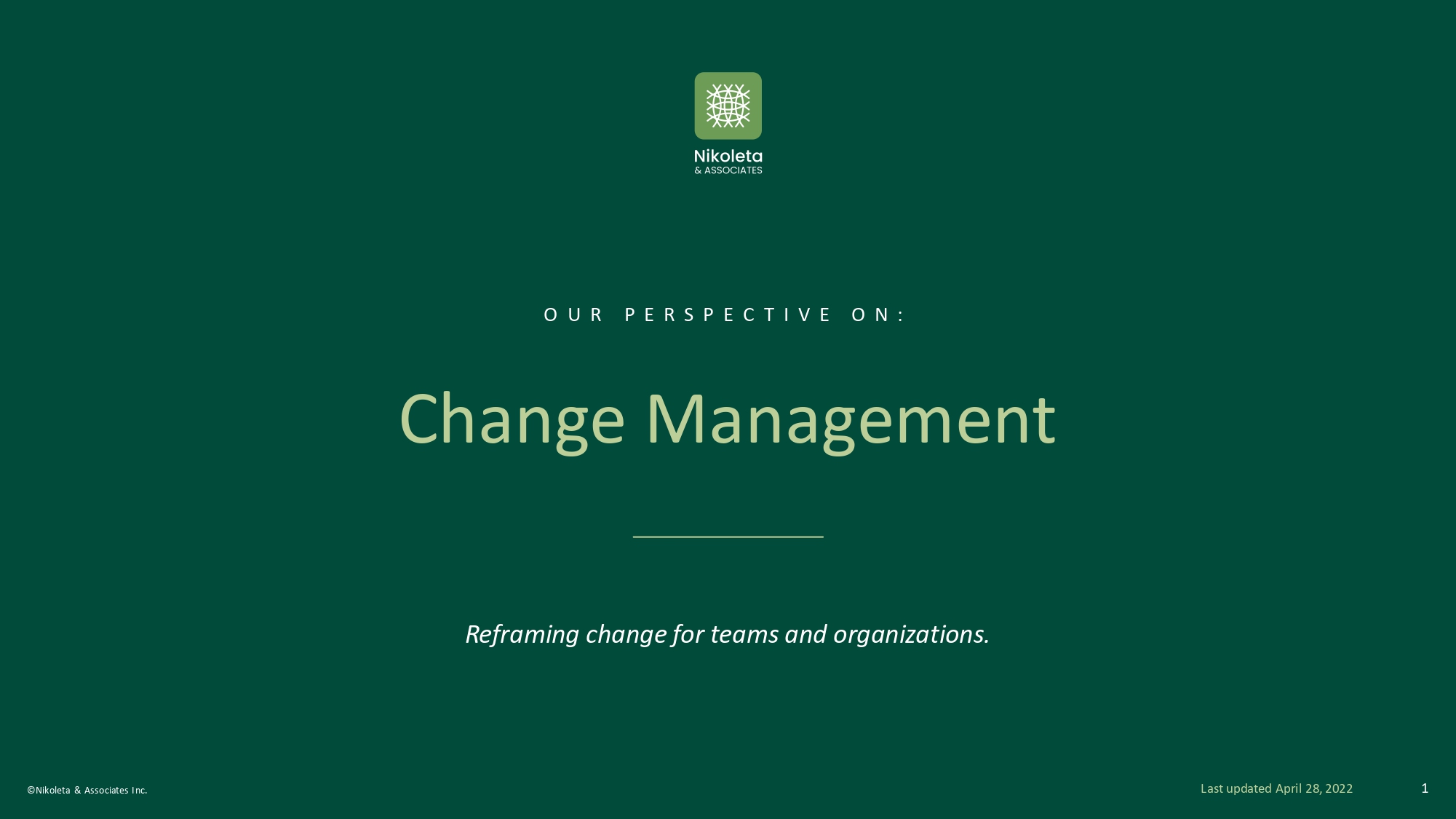Knowledge Kernel
Change Management


Change is hard if you decide that to be your experience. In our view, change leadership and leadership are one and the same.
Leading teams through the unknown, quick changes in the business model, and preparing the organization for scaling new systems to meet or exceed new goals are simply what leaders do daily.
The leader’s role now extends far beyond its original definition of progressing a team towards a goal within a given timeframe. There is now a host of additional change and performance-related tasks that leaders perform. Change should be reframed as a continuous and iterative part of the business, where leaders are accessible to teams and resilience is instilled. Listening and reframing have become core leadership competencies.
If change equates to life, what are we managing (controlling)? The assumption is that change has a beginning, a middle, and an end. This static form of change gives business leaders the impression that it can be contained and controlled. However, change is an ongoing part of life, and if we see life as a process of learning & growth, then we are in a continual process of growth and learning. The word “change” can be intimidating to humans, as it implies a lack of control. Reframing the change can help alleviate associated reactions.
Changing vs. Change
When we shift to using “changing” rather than “change,” we realize that everything is changing: our businesses and, most importantly, ourselves. The truth is, as humans, we are always changing and evolving, sometimes without even realizing or recognizing it. Therefore, we should not fear change but rather embrace it as part of our learning journey.
Shift approach to listening, aligning, and reframing
By employing an active voice (listening, aligning, and reframing), combined with milestones, we align the human being with a fundamental process called life—or learning, while they are busy accomplishing tasks.
Six Experience-Shaping Design Considerations
Risk Management & Assessment
The change management process often involves analyzing, identifying, understanding, managing, and reporting on the risks a change management program, business initiative, or project will face throughout the lifecycle of the change. As companies often use this method thinking about their balance sheets, focusing on change management is framed as a risk mitigation process. This can work if we start then and explore the risk more broadly than the stark nature of that thinking.
Project Management
The functions of Project Management (PM) and Change Management have increasingly become blended. Traditionally, PM focused on critical path methods, cost estimations, and business planning, however, over time, the scope of the work has evolved to include considerations of risk management and change management. Now, PM needs to evolve beyond moving humans forward from one task to another and consider the human aspects of change, such as emotions and psychological needs of the individuals involved in processes.
Change in the In-Between
Change should be seen as part of a process rather than a result. We, as humans, live in the in-between, most of the time. Reaching the end objective is the primary focus, but how you get there is more important. Thus, organizational change is people change, which requires increased focus on the full human experience. If human beings achieve the results, how can your organization enable the transformation and equip them with what they need to succeed?
Directional & Contextual Leadership
Leading change effectively requires self-awareness, the ability to collaborate, and the power to communicate with full awareness of human dynamics. The ability to impart a strategy becomes less about setting direction and more about creating context. Clarifying and creating direction dynamically, in the moment, at the continual pace of change is the hallmark of a leader.
Soft & Hard Skills
It is theorized that a combination of hard and soft skills is needed to drive change effectively, but they are often given unequal value as soft skills are seen as nice-to-have rather than must-have. We see soft skills as fundamental knowledge needed to run a business functionally, as humans and human dynamics are core to business operations.
Systematically Scaling Change
Sustainable change can be achieved when the organization works collectively towards an outcome. Using a systemic approach means understanding that all parts of an organization contribute to success. It is not enough to have an intention or strategy for change. Organizations need to ensure that leaders are not only aligned with the vision for change but also dynamically equipped with the resources and tools to translate and communicate that change to others.















